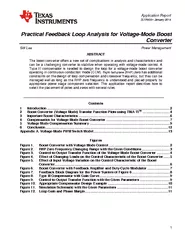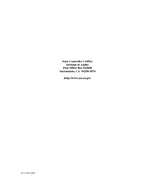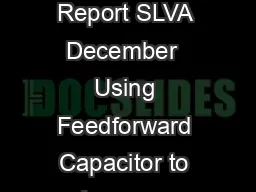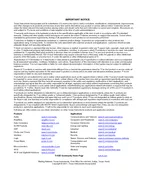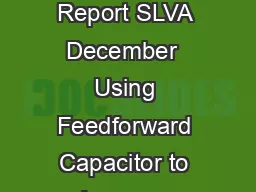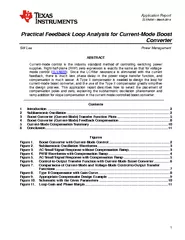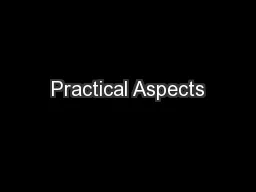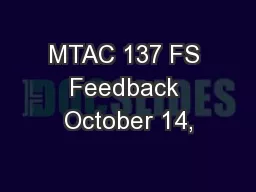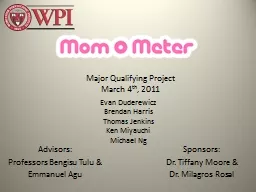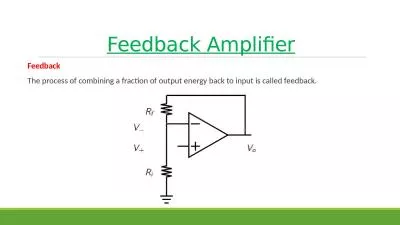PDF-Application Report SLVA January Practical Feedback Lo
Author : pamella-moone | Published Date : 2015-04-13
A ype III compensator is needed to design the loop for a voltage mode boost converter operating in continuous conduction mode CCM ight half plane RHP zero has addi
Presentation Embed Code
Download Presentation
Download Presentation The PPT/PDF document "Application Report SLVA January Practic..." is the property of its rightful owner. Permission is granted to download and print the materials on this website for personal, non-commercial use only, and to display it on your personal computer provided you do not modify the materials and that you retain all copyright notices contained in the materials. By downloading content from our website, you accept the terms of this agreement.
Application Report SLVA January Practical Feedback Lo: Transcript
Download Rules Of Document
"Application Report SLVA January Practical Feedback Lo"The content belongs to its owner. You may download and print it for personal use, without modification, and keep all copyright notices. By downloading, you agree to these terms.
Related Documents

